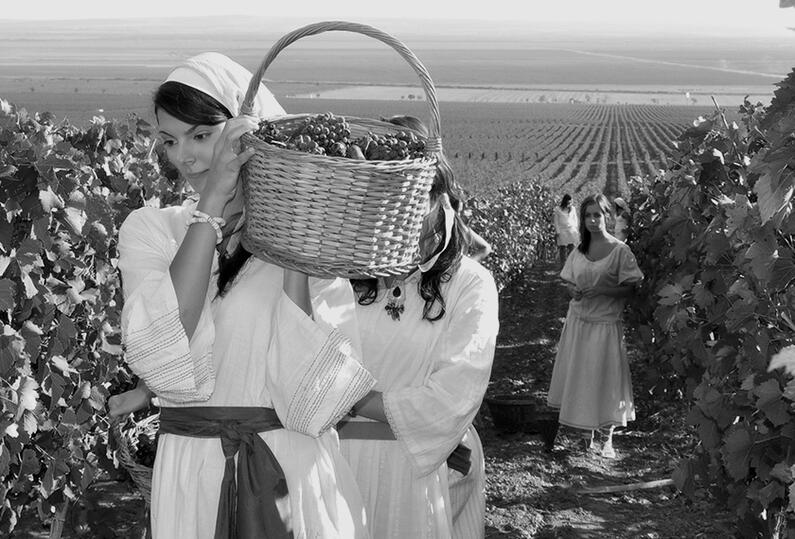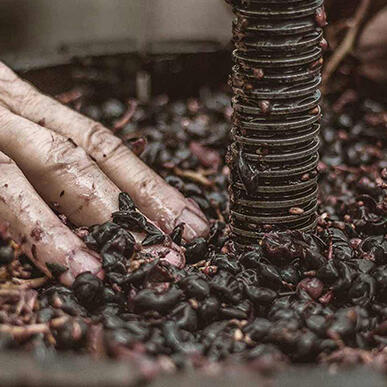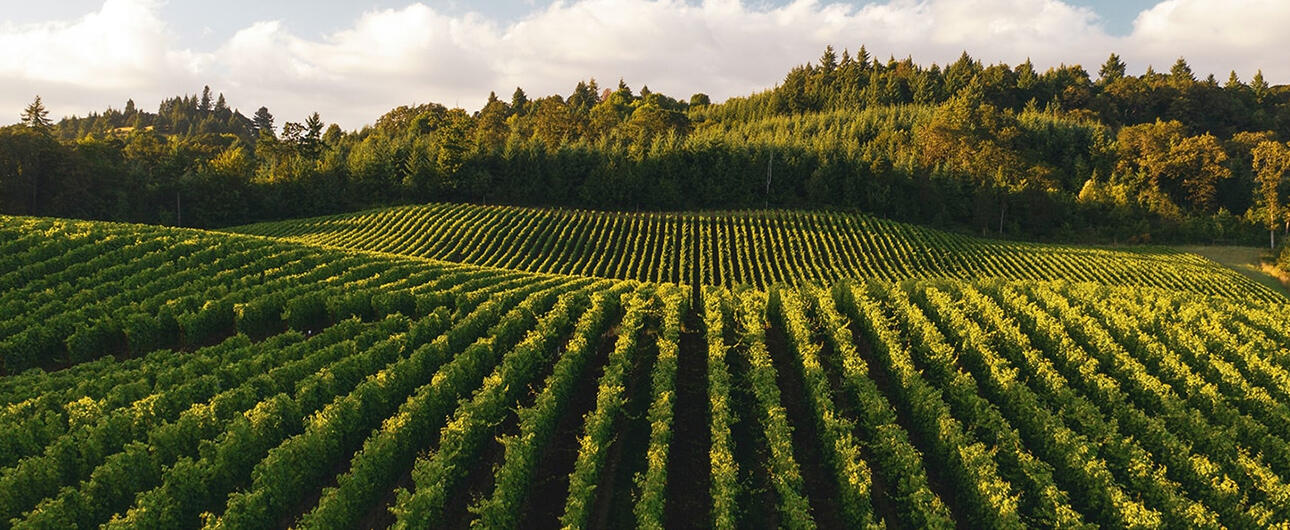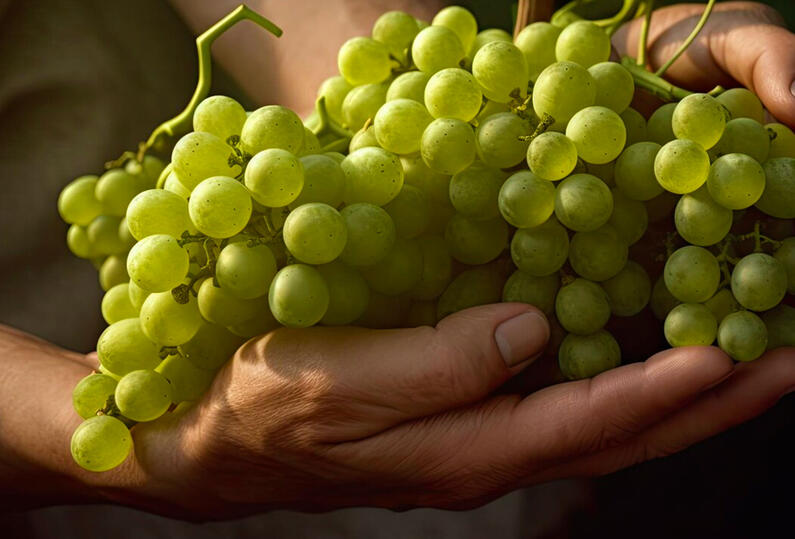Rakia is the most Bulgarian drink, but few know that the people of Karnobat were one of the first to master the art of distilling it.
History & Tradition


Evidence that the first rakia distilleries originated precisely in the lands around present-day Karnobat is provided by the chronicles of the Persian scholar and historian Al-Idrisi. He recounts how the recipe for the drink was brought to our lands by Arab merchants and travelers in the mid-14th century. At that time, Karnobat was an administrative center and a famous economic and commercial hub. During the annual Trade and Crafts Fair, the town was visited by a group of Arab merchants. Driven by a desire to sell their copper stills, they trained several Karnobat vine-growers and winemakers to prepare distillate from the grapes that "grew abundantly in these places." Later, in their travel notes, the Persian merchants wrote about the carefully maintained Karnobat vineyards, planted with Misket, Rkatsiteli, Dimyat, June Blanc, Muscat, etc. Over the centuries, these established themselves as typical rakia varieties. Seven centuries later, they are also included in the recipes for the rakia produced by "Vinprom Karnobat": "Karnobatska grozdova" (Karnobat Grape), "Karnobatska Muskatova" (Karnobat Muscat), "Karnobatska Spetsialna" (Karnobat Special), "Karnobatska Otlezhala" (Karnobat Aged), "Kehlibar" (Amber), "Aristokrat" (Aristocrat).

The dozens of foreign travelers – Germans, French, English, Poles, and Austro-Hungarians – who passed through Bulgarian lands between the 15th and 19th centuries, attest to the lively trade in wines and rakia that took place in Karnobat. In their notes, they describe how on market days in Karnobat, thousands of people flocked from all corners of the Ottoman Empire to buy the famous rakia of the local vine-growers. Even then, written historical sources speak of "Rakia from Karnobat," "Karnobatska rakia" (Karnobat rakia), "Rakia made in Karnobat." These facts have been reflected in the folklore and in the traditional folk songs of the inhabitants of the region.

In the Karnobat region, the traditions of vine cultivation date back centuries, and the creation of rakia and wines is an integral part of the history and livelihood of the local population. The unique combination of fertile soils with favorable climatic conditions, and the abundance of high-quality grapes, transforms the Karnobat vine-growers into the largest and most skillful producers. The rich historical and archaeological heritage of the region also testifies to the mastery of winemaking. Excavations of the numerous Thracian mounds near present-day Karnobat abound with red-figure pottery depicting the god of wine, Dionysus. Several centuries later, the majestic medieval fortress "Markeli" was erected in these lands, which, according to ancient chronicles, became a true guardian of the wines created by the Karnobat masters.

